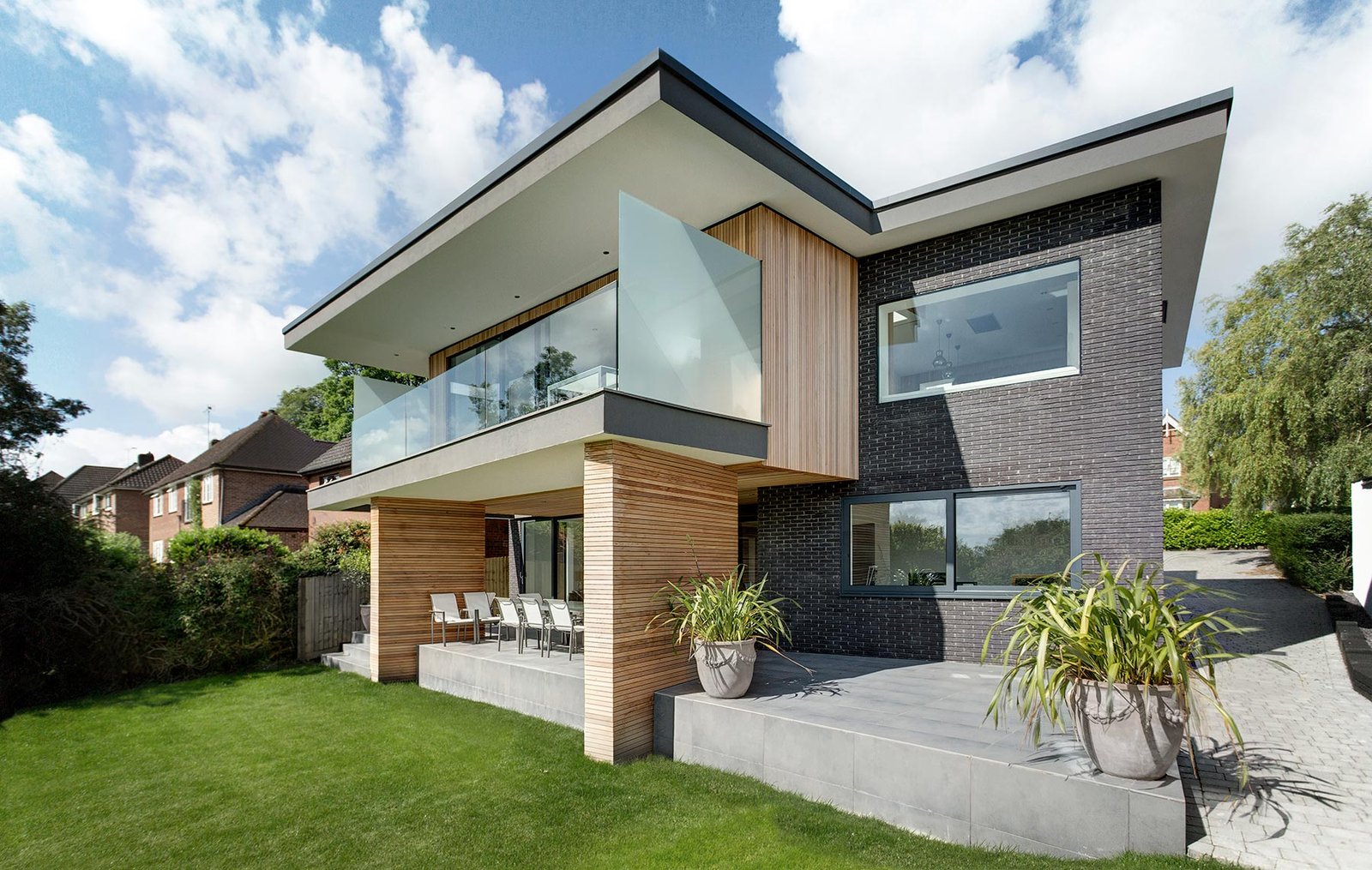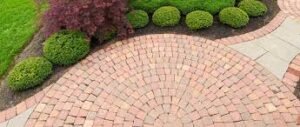As the popularity of Accessory Dwelling Units (ADUs) continues to rise, homeowners are faced with the challenge of integrating these additional living spaces seamlessly with the existing architecture of their homes.
Creating a harmonious transition between ADUs and existing home architecture is an art, and it’s perfected with ADU construction services by ADU Specialist Bay Area. Their expertise ensures meticulous integration, offering insights into architectural continuity and seamless design..
In this article, we explore the art of creating seamless transitions, ensuring that ADUs harmonize with the aesthetics and functionality of the main residence.
Architectural Continuity:
- Achieving a seamless transition begins with maintaining architectural continuity. Consider mirroring key design elements, such as rooflines, window styles, and exterior materials, to establish a visual connection between the ADU and the main home. Consistency in design creates a cohesive and harmonious overall appearance.
Matching Exterior Materials:
- Coordinating exterior materials between the ADU and the main residence is crucial for a unified look. Whether it’s siding, brick, or stucco, selecting materials that complement or match those used in the existing home fosters a sense of cohesion and ensures the ADU becomes a natural extension of the property.
Color Palette Consistency:
- A cohesive color palette is key to blending ADUs seamlessly with existing home architecture. Whether opting for complementary or matching colors, maintaining consistency in hues, tones, and accents contributes to an overall aesthetic harmony that integrates the ADU into the visual narrative of the property.
Window and Door Alignment:
- Pay attention to the alignment of windows and doors. Ensure that the placement and style of windows and doors on the ADU complement those on the main residence. This alignment not only enhances the visual connection but also promotes a balanced and well-integrated appearance.
Landscaping Integration:
- Landscaping serves as a vital bridge between the ADU and the main home. Integrate landscaping elements, such as pathways, gardens, and outdoor spaces, to create a seamless transition. Thoughtful landscaping not only enhances curb appeal but also fosters a harmonious connection between the structures.
Scale and Proportion:
- Consider the scale and proportion of the ADU in relation to the main residence. Ensuring that the size and massing of the ADU are in proportion to the existing home prevents it from appearing overpowering or incongruent. Striking the right balance contributes to an aesthetically pleasing transition.
Roofline Continuity:
- Maintain a consistent roofline between the ADU and the main residence. Whether choosing a complementary pitch or mirroring the existing roof design, a continuous roofline establishes a visual flow that ties the structures together cohesively.
Interior Design Harmony:
- Seamless transitions extend beyond the exterior. Carry design elements from the main residence into the ADU’s interior to create a cohesive flow. Consistent flooring, color schemes, and architectural details contribute to a sense of unity throughout the entire living space.
Modern Interpretation:
- For a contemporary twist, consider a modern interpretation of existing architectural styles. This involves incorporating design elements that echo the main residence but with a modern flair. Achieving a balance between tradition and innovation creates a transitional aesthetic that feels fresh yet familiar.
Consulting with Design Professionals:
- When in doubt, seek guidance from design professionals. Architects and designers experienced in ADU integration can offer insights and recommendations to ensure a seamless transition. Their expertise can help navigate design challenges and optimize the visual connection between the ADU and the existing home.
Conclusion:
The art of seamlessly blending ADUs with existing home architecture involves a thoughtful and cohesive approach to design. From exterior materials and color palettes to landscaping and interior details, each element plays a role in creating a harmonious transition.
By paying attention to these nuances and consulting with design professionals, homeowners can ensure that their ADUs become integral parts of their properties, enhancing both aesthetics and functionality.




